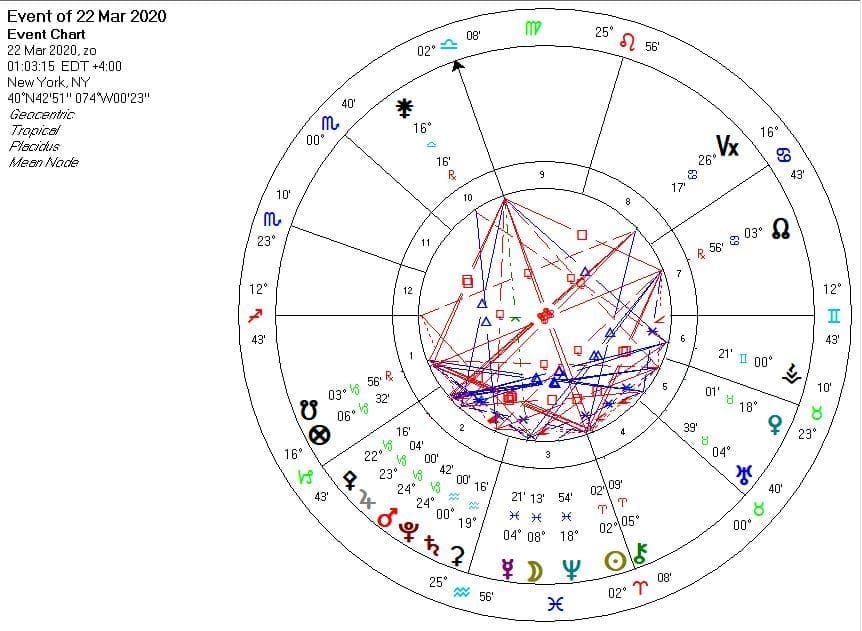

They are separated by just 0.2-degree or 12 arc minutes check them out tonight for yourself. Mizar and Alcor together are sometimes called the "Horse and Rider," and the ability to resolve the two stars with the naked eye is often quoted as a test of eyesight, although even people with quite poor eyesight can see the two stars. In the Big Dipper (or the Plough if you are reading this in the United Kingdom) the star at the bend of the handle is Mizar which appears to have a fainter companion about one-fifth as bright known as Alcor. One half of a degree, which is the average apparent size of the moon is equal to 30 arc minutes. One degree, for instance, is equal to 60 arc minutes. In such unusual cases, we would measure the distance between the two objects in tenths of a degree or in more extreme cases, in arc minutes. Occasionally two planets, or a star and planet will appear exceptionally close together in the sky their distance being less than a degree apart.

The distance between Leo's two brightest stars, Regulus (at the bottom of the Sickle) and Denebola (which marks the tip of the Lion's tail) is 24-degrees. The backward-question mark pattern of stars popularly known as the Sickle forms the Lion's head and measures 14-degrees from top to bottom. This week, the constellation of Leo, the Lion conveniently stands high above the southern horizon at dusk.


 0 kommentar(er)
0 kommentar(er)
